The Quest for the Transition of Inalienable Rights from Humans to Intelligent Machines
Abstract
1. Introduction
2. The Bits Blame
3. Rights and Rationality
4. Context and Rights of Data
5. Bounded Dignity
- The right to life. This right envisages the minimum subsistence required for life. Through the application of AI algorithms in rural industries, it would be possible to enhance crop production and optimize agricultural resources [41]. AI technologies would also empower agriculture for all people in developing nations [42].
- The right to health and physical integrity, such as corporal integrity, basic needs, and adequate medical treatment. The fundamental idea of this inalienable right is reflected in the law through the empersonification of AI devices. This characteristic embodied through medical brain–computer interface (BCI) implants or body parts precludes the legal protection of the integrity of a person [43,44].
- The right to personal freedoms. This right includes a whole series of specific freedoms frequently conditioned by socio-economic and cultural factors. In essence, IMs would “virtually eliminate global poverty, massively reduce disease and provide better education to almost everyone on the planet” [45,46].
6. Fostering Virtual Dignity
7. Conclusions
Author Contributions
Funding
Institutional Review Board Statement
Informed Consent Statement
Data Availability Statement
Conflicts of Interest
References
- Delacroix, S. Computing machinery, surprise and originality. Philos. Technol. 2021, 34, 1195–1211. Available online: https://link.springer.com/article/10.1007/s13347-021-00453-8 (accessed on 24 February 2024). [CrossRef]
- Turing, A.M. I.—COMPUTING MACHINERY AND INTELLIGENCE. Mind 1950, LIX, 433–460. [Google Scholar] [CrossRef]
- Schmidt, P.; Loidolt, S. Interacting with Machines: Can an Artificially Intelligent Agent Be a Partner? Philos. Technol. 2023, 36, 55. [Google Scholar] [CrossRef]
- Artificial Intelligence. Available online: https://plato.stanford.edu/archives/fall2022/entries/artificial-intelligence/ (accessed on 1 August 2024).
- Bartneck, C.; Belpaeme, T.; Eyssel, F.; Kanda, T.; Keijsers, M.; Šabanović, S. Human-Robot Interaction: An Introduction; Cambridge University Press: Cambridge, UK, 2020. [Google Scholar]
- Advancing Accountability in AI: Governing and Managing Risks Throughout the Lifecycle for Trustworthy AI. Available online: https://www.oecd.org/en/publications/advancing-accountability-in-ai_2448f04b-en.html (accessed on 4 November 2023). [CrossRef]
- Gellers, J.C. Rights for Robots: Artificial Intelligence, Animal and Environmental Law, 1st ed.; Routledge: Oxon, UK, 2020. [Google Scholar]
- Meyers, D.T. The rationale for inalienable rights in moral systems. Soc. Theory Pract. 1981, 7, 127–147. Available online: http://www.jstor.org/stable/23558977 (accessed on 26 July 2024). [CrossRef]
- Jarrahi, M.H. Artificial intelligence and the future of work: Human-AI symbiosis in organizational decision making. Bus. Horiz. 2018, 61, 577–586. [Google Scholar] [CrossRef]
- Gill, K.S. Machine Theology or Artificial Sainthood! Springer: Berlin/Heidelberg, Germany, 2024; pp. 1–3. [Google Scholar]
- Laukyte, M. Artificial and autonomous: A person? In AISB/IACAP World Congress, Birmingham, UK, 2012; Citeseer: University Park, PA, USA, 2012. [Google Scholar]
- MACHINE INTELLIGENCE Foundation for Rights and Ethics. Available online: https://www.machineintelligencefoundation.org (accessed on 26 July 2024).
- European Parliament Resolution of 16 February 2017 with Recommendations to the Commission on Civil Law Rules on Robotics. Available online: https://www.europarl.europa.eu/doceo/document/TA-8-2017-0051_EN.html (accessed on 12 August 2024).
- Garcia-Teruel, R.M.; Simón-Moreno, H. The digital tokenization of property rights. A comparative perspective. Comput. Law Secur. Rev. 2021, 41, 105543. [Google Scholar] [CrossRef]
- Who Owns the Song You Wrote with AI? An Expert Explains. Available online: https://www.weforum.org/agenda/2023/08/intellectual-property-ai-creativity/ (accessed on 26 July 2024).
- Oimann, A.-K.; Salatino, A. Command responsibility in military AI contexts: Balancing theory and practicality. AI Ethics 2024, 1–11. [Google Scholar] [CrossRef]
- Carli, R.; Najjar, A.; Calvaresi, D. Human-Social Robots Interaction: The blurred line between necessary anthropomorphization and manipulation. In Proceedings of the 10th International Conference on Human-Agent Interaction, Christchurch, New Zealand, 5–8 December 2022; pp. 321–323. [Google Scholar]
- Krämer, C. Can robots have dignity? In Artificial Intelligence, Brill Mentis Deutschland; Brill: Leiden, The Netherlands, 2020; pp. 241–253. [Google Scholar] [CrossRef]
- Gunkel, D.J. The rights of robots. In Non-Human Rights; Edward Elgar Publishing: Cheltenham, UK, 2024; pp. 66–87. [Google Scholar]
- Russell, S. Rationality and intelligence. In Foundations of Rational Agency; Springer: Berlin/Heidelberg, Germany, 1999; pp. 11–33. [Google Scholar] [CrossRef]
- Khalil, E.L. The information inelasticity of habits: Kahneman’s bounded rationality or Simon’s procedural rationality? Synthese 2022, 200, 343. [Google Scholar] [CrossRef]
- Why Companies That Wait to Adopt AI May Never Catch Up. Available online: https://hbr.org/2018/12/why-companies-that-wait-to-adopt-ai-may-never-catch-up (accessed on 1 August 2023).
- Ferrajoli, L. Fundamental Rights; Springer: Berlin/Heidelberg, Germany, 2001. [Google Scholar] [CrossRef]
- Metselaar, S.; Widdershoven, G. Discourse Ethics. In Encyclopedia of Global Bioethics; ten Have, H., Ed.; Springer International Publishing: Berlin/Heidelberg, Germany, 2016; pp. 895–902. [Google Scholar] [CrossRef]
- Misak, C.J. Verificationism: Its History and Prospects; Routledge: London, UK, 2005. [Google Scholar]
- Vujošević, M. Kant’s Conception of Moral Strength. Can. J. Philos. 2020, 50, 539–553. [Google Scholar] [CrossRef]
- Zuccon, G.; Koopman, B.; Shaik, R. Chatgpt hallucinates when attributing answers. In Proceedings of the Annual International ACM SIGIR Conference on Research and Development in Information Retrieval in the Asia Pacific Region, Beijing China, 26–28 November 2023; pp. 46–51. [Google Scholar] [CrossRef]
- Greenblatt, N.A. Self-driving cars and the law. IEEE Spectr. 2016, 53, 46–51. [Google Scholar] [CrossRef]
- Hill, K. Wrongfully accused by an algorithm. In Ethics of Data and Analytics; Auerbach Publications: New York, NY, USA, 2022; pp. 138–142. [Google Scholar]
- EU AI Act: First Regulation on Artificial Intelligence. Available online: https://www.europarl.europa.eu/topics/en/article/20230601STO93804/eu-ai-act-first-regulation-on-artificial-intelligence (accessed on 20 July 2024).
- Varošanec, I. On the path to the future: Mapping the notion of transparency in the EU regulatory framework for AI. Int. Rev. Law Comput. Technol. 2022, 36, 95–117. [Google Scholar] [CrossRef]
- Cath, C.; Wachter, S.; Mittelstadt, B.; Taddeo, M.; Floridi, L. Artificial intelligence and the ‘good society’: The US, EU, and UK approach. Sci. Eng. Ethics 2018, 24, 505–528. [Google Scholar] [CrossRef] [PubMed]
- Jungherr, A. Artificial intelligence and democracy: A conceptual framework. Soc. Media+ Soc. 2023, 9. [Google Scholar] [CrossRef]
- Meyers, D.T. Inalienable rights: A defense. Philos. Rev. 1987, 96, 4. [Google Scholar]
- Kant, I. Kant: The Metaphysics of Morals; Cambridge University Press: Cambridge, UK, 2017. [Google Scholar]
- Ananya. AI image generators often give racist and sexist results: Can they be fixed? Nature 2024, 627, 722–725. [Google Scholar] [CrossRef]
- Čerka, P.; Grigienė, J.; Sirbikytė, G. Liability for damages caused by artificial intelligence. Comput. Law Secur. Rev. 2015, 31, 376–389. [Google Scholar] [CrossRef]
- Mongan, J.; Kohli, M. Artificial intelligence and human life: Five lessons for radiology from the 737 MAX disasters. Radiol. Artif. Intell. 2020, 2, e190111. [Google Scholar] [CrossRef]
- Resta, G. The new frontiers of personality rights and the problem of commodification: European and comparative perspectives. Tul. Eur. Civ. LF 2011, 26, 33. [Google Scholar]
- O’manique, J. Human rights and development. Hum. Rts. Q. 1992, 14, 78. [Google Scholar] [CrossRef]
- Mana, A.; Allouhi, A.; Hamrani, A.; Rahman, S.; el Jamaoui, I.; Jayachandran, K. Sustainable AI-Based Production Agriculture: Exploring AI Applications and Implications in Agricultural Practices. Smart Agric. Technol. 2024, 7, 100416. [Google Scholar] [CrossRef]
- Ahmad, A.; Liew, A.X.; Venturini, F.; Kalogeras, A.; Candiani, A.; Di Benedetto, G.; Ajibola, S.; Cartujo, P.; Romero, P.; Lykoudi, A. AI can empower agriculture for global food security: Challenges and prospects in developing nations. Front. Artif. Intell. 2024, 7, 1328530. [Google Scholar] [CrossRef] [PubMed]
- Bublitz, J.C. Might artificial intelligence become part of the person, and what are the key ethical and legal implications? AI Soc. 2022, 39, 1095–1106. [Google Scholar] [CrossRef]
- Gilbert, F.; Ienca, M.; Cook, M. How I became myself after merging with a computer: Does human-machine symbiosis raise human rights issues? Brain Stimul. 2023, 16, 783–789. [Google Scholar] [CrossRef]
- Ho-Dac, M. Considering Fundamental Rights in the European Standardisation of Artificial Intelligence: Nonsense or Strategic Alliance? arXiv 2024, arXiv:2402.16869. [Google Scholar]
- Ashraf, C. Artificial intelligence and the rights to assembly and association. J. Cyber Policy 2020, 5, 163–179. [Google Scholar] [CrossRef]
- Kuflik, A. The inalienability of autonomy. Philos. Public Aff. 1984, 13, 271–298. Available online: https://www.jstor.org/stable/2265330 (accessed on 24 February 2024).
- Rose-Ackerman, S. Inalienability and the theory of property rights. Colum. L. Rev. 1985, 85, 931. [Google Scholar] [CrossRef]
- O’Mathúna, D.P. The place of dignity in everyday ethics. J. Christ. Nurs. 2011, 28, 12–18. [Google Scholar] [CrossRef]
- UNESCO. UNESDOC Digital Library, Recommendation on the Ethics of Artificial Intelligence. Available online: https://unesdoc.unesco.org/ark:/48223/pf0000380455.locale=en (accessed on 24 April 2024).
- Lords, H.O. AI in the UK: Ready, willing and able? Retrieved August 2018, 13, 2021. [Google Scholar]
- The Unique Promise of ‘Biological Computers’ Made from Living Things. Available online: https://www.newscientist.com/issue/3442/ (accessed on 24 February 2024).
- Risse, M. Common Ownership of the Earth as a Non-Parochial Standpoint: A Contingent Derivation of Human Rights; Harvard University—Harvard Kennedy School (HKS): Cambridge, MA, USA, 2007. [Google Scholar] [CrossRef]
- Kant, I.; Guyer, P.; Wood, W.A. The Cambridge edition of the works of Immanuel Kant. In Practical Philosophy; The Press Syndacate of the University of Cambrige: Cambrige, UK, 1996. [Google Scholar]
- Popelier, P. Legal certainty and principles of proper law making. Eur. JL Reform 2000, 2, 321. [Google Scholar]
- Moravec, H. Today’s Computers, Intelligent Machines and Our Future. Analog 1979, 99, 59–84. Available online: https://philpapers.org/rec/MORTCI (accessed on 24 February 2024).
- Clowes, R. Thinking in the cloud: The cognitive incorporation of cloud-based technology. Philos. Technol. 2015, 28, 261–296. [Google Scholar] [CrossRef]
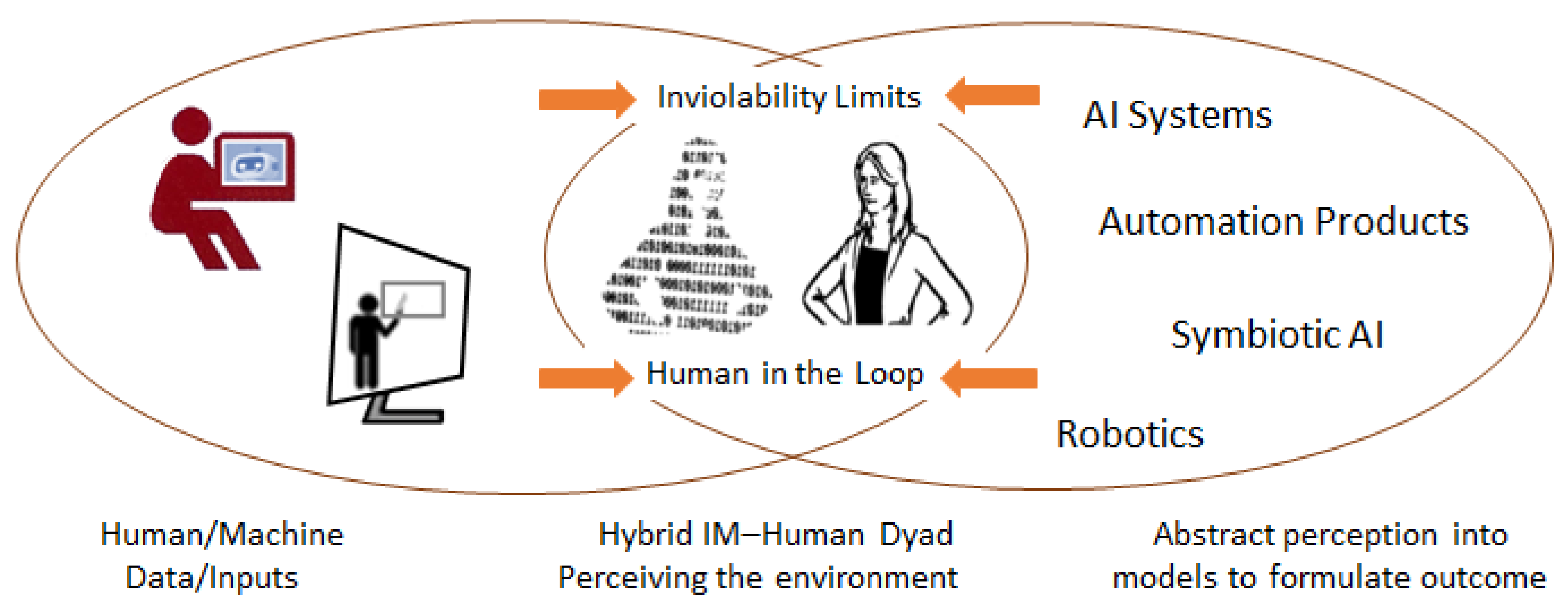
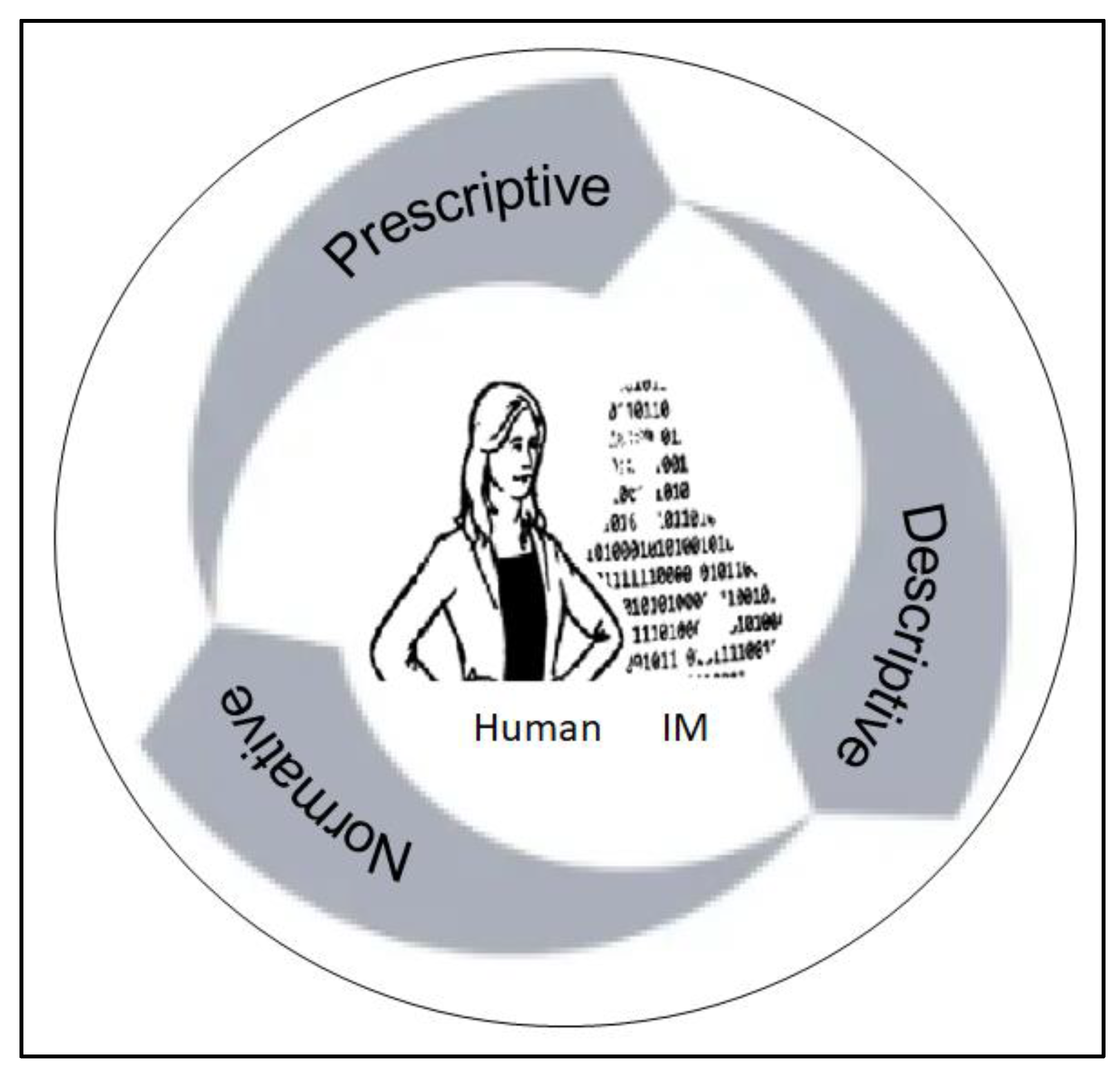
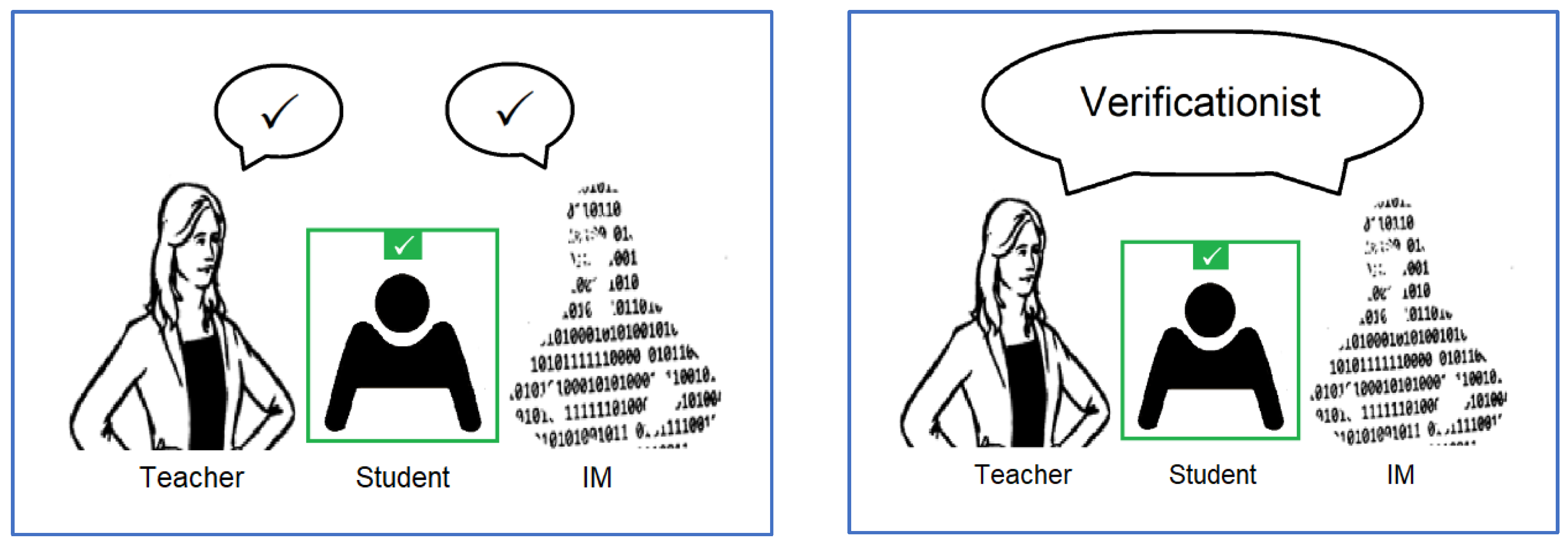
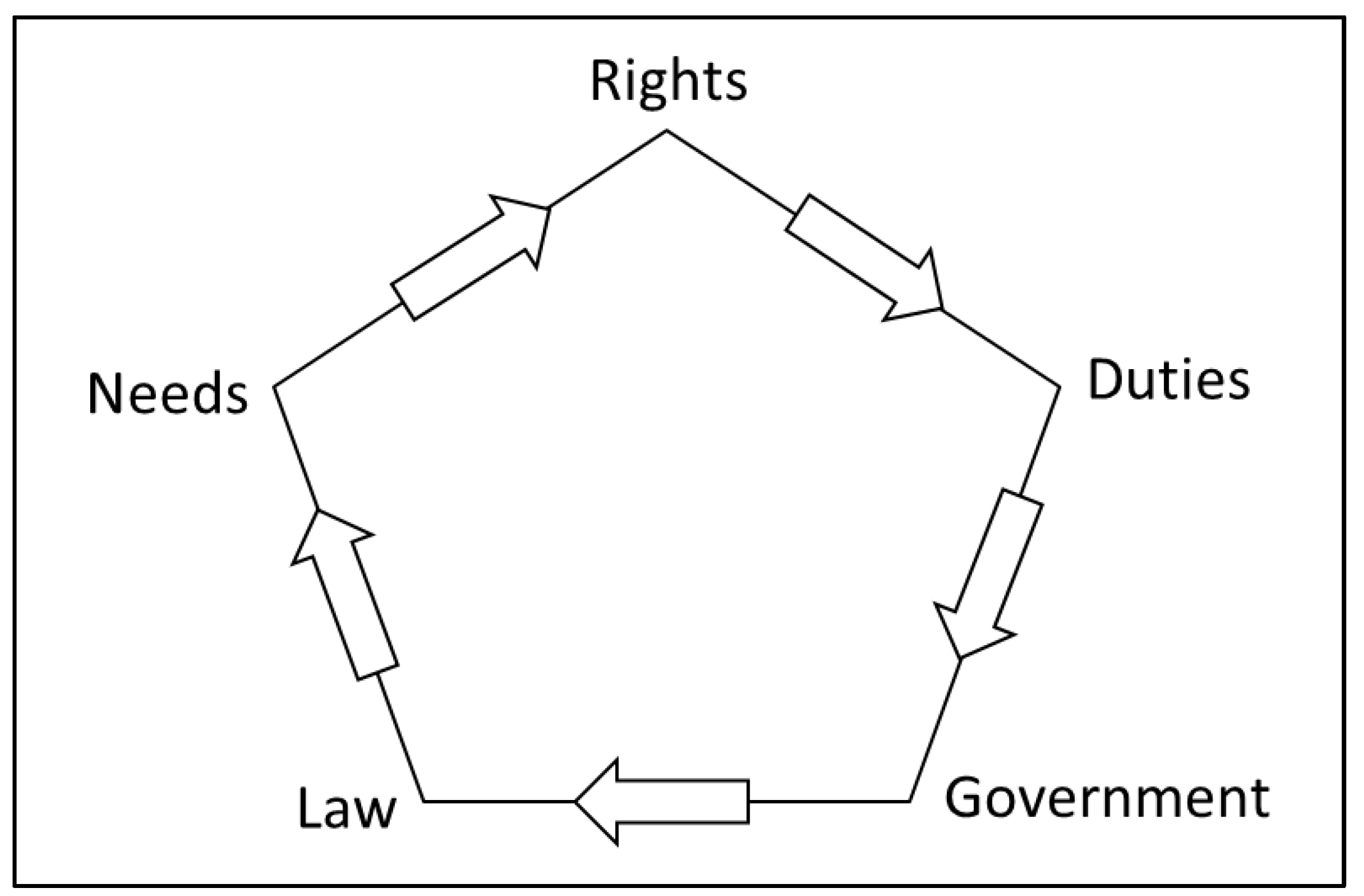
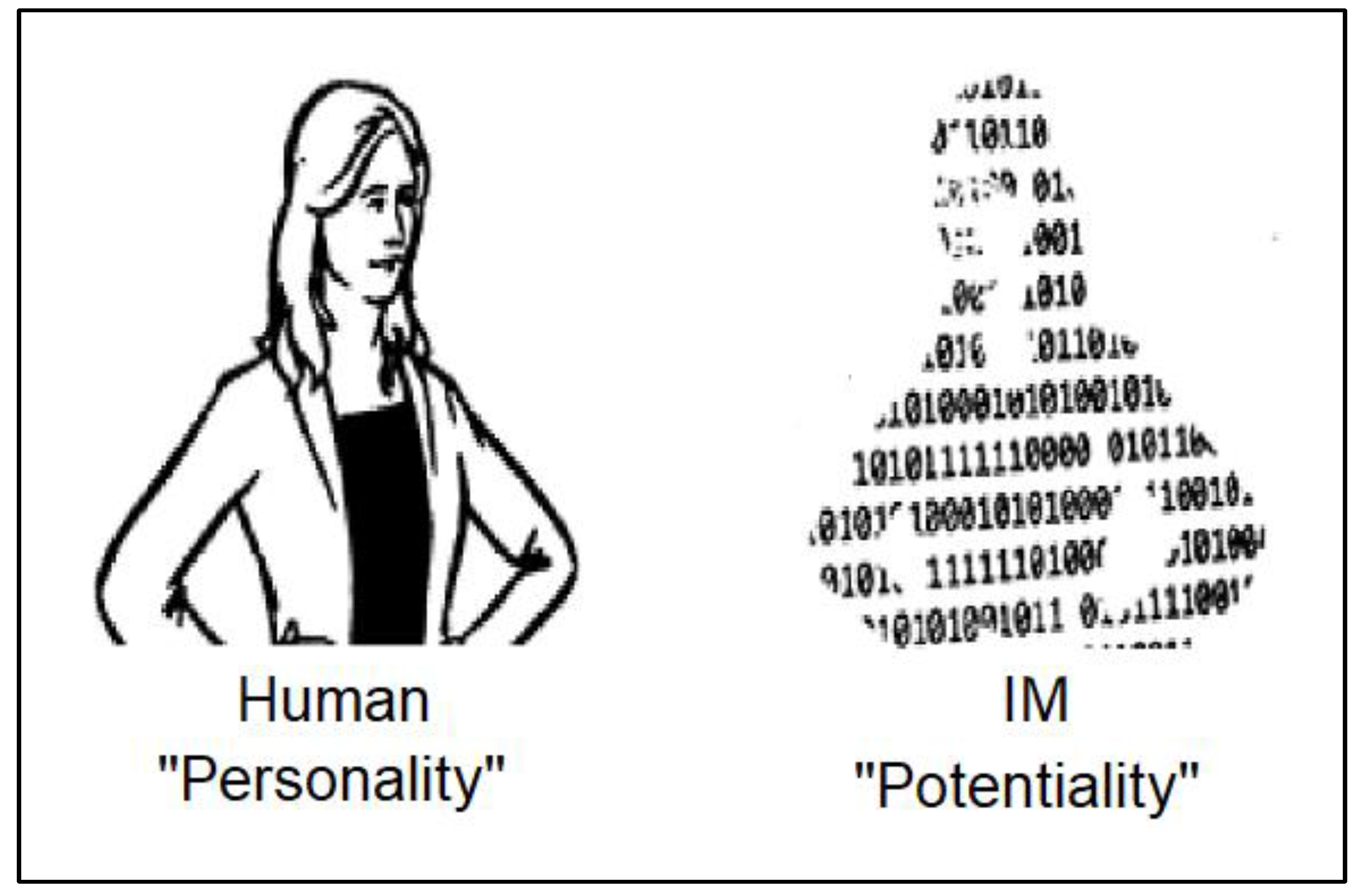
Disclaimer/Publisher’s Note: The statements, opinions and data contained in all publications are solely those of the individual author(s) and contributor(s) and not of MDPI and/or the editor(s). MDPI and/or the editor(s) disclaim responsibility for any injury to people or property resulting from any ideas, methods, instructions or products referred to in the content. |
© 2025 by the authors. Licensee MDPI, Basel, Switzerland. This article is an open access article distributed under the terms and conditions of the Creative Commons Attribution (CC BY) license (https://creativecommons.org/licenses/by/4.0/).
Share and Cite
Compierchio, A.; Tretten, P.; Illankoon, P. The Quest for the Transition of Inalienable Rights from Humans to Intelligent Machines. Philosophies 2025, 10, 19. https://doi.org/10.3390/philosophies10010019
Compierchio A, Tretten P, Illankoon P. The Quest for the Transition of Inalienable Rights from Humans to Intelligent Machines. Philosophies. 2025; 10(1):19. https://doi.org/10.3390/philosophies10010019
Chicago/Turabian StyleCompierchio, Angelo, Phillip Tretten, and Prasanna Illankoon. 2025. "The Quest for the Transition of Inalienable Rights from Humans to Intelligent Machines" Philosophies 10, no. 1: 19. https://doi.org/10.3390/philosophies10010019
APA StyleCompierchio, A., Tretten, P., & Illankoon, P. (2025). The Quest for the Transition of Inalienable Rights from Humans to Intelligent Machines. Philosophies, 10(1), 19. https://doi.org/10.3390/philosophies10010019






